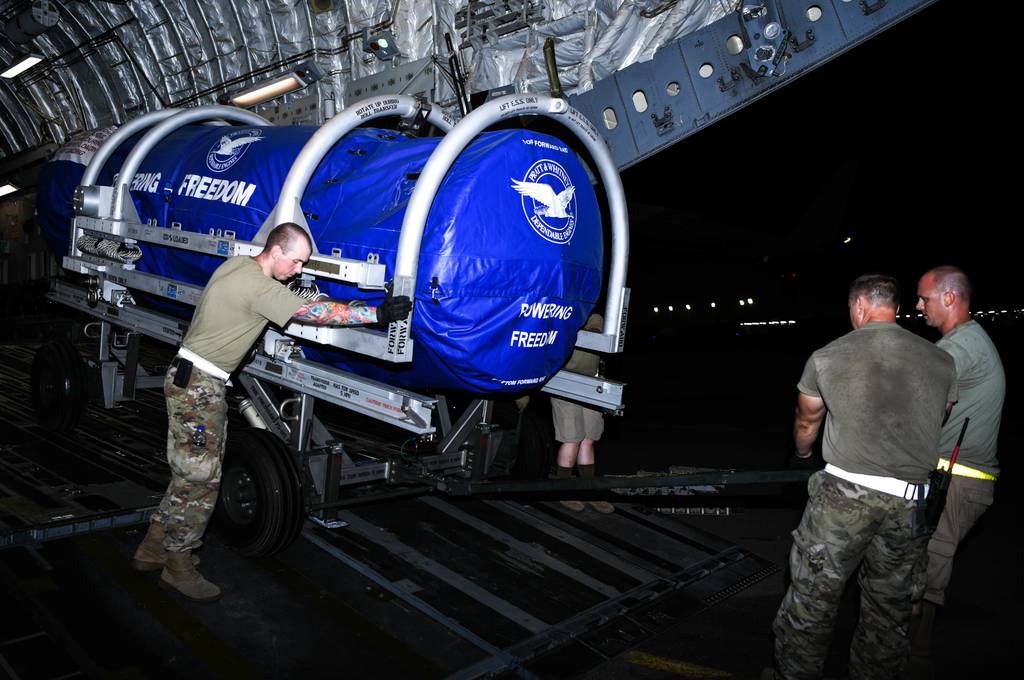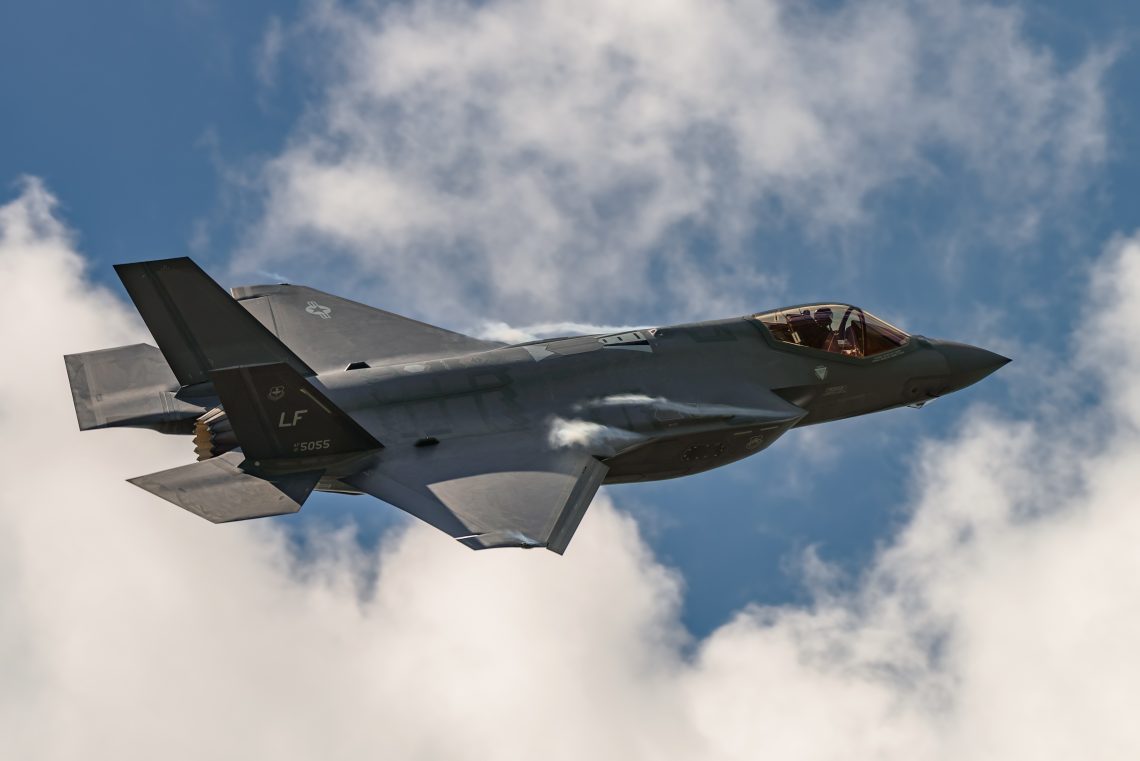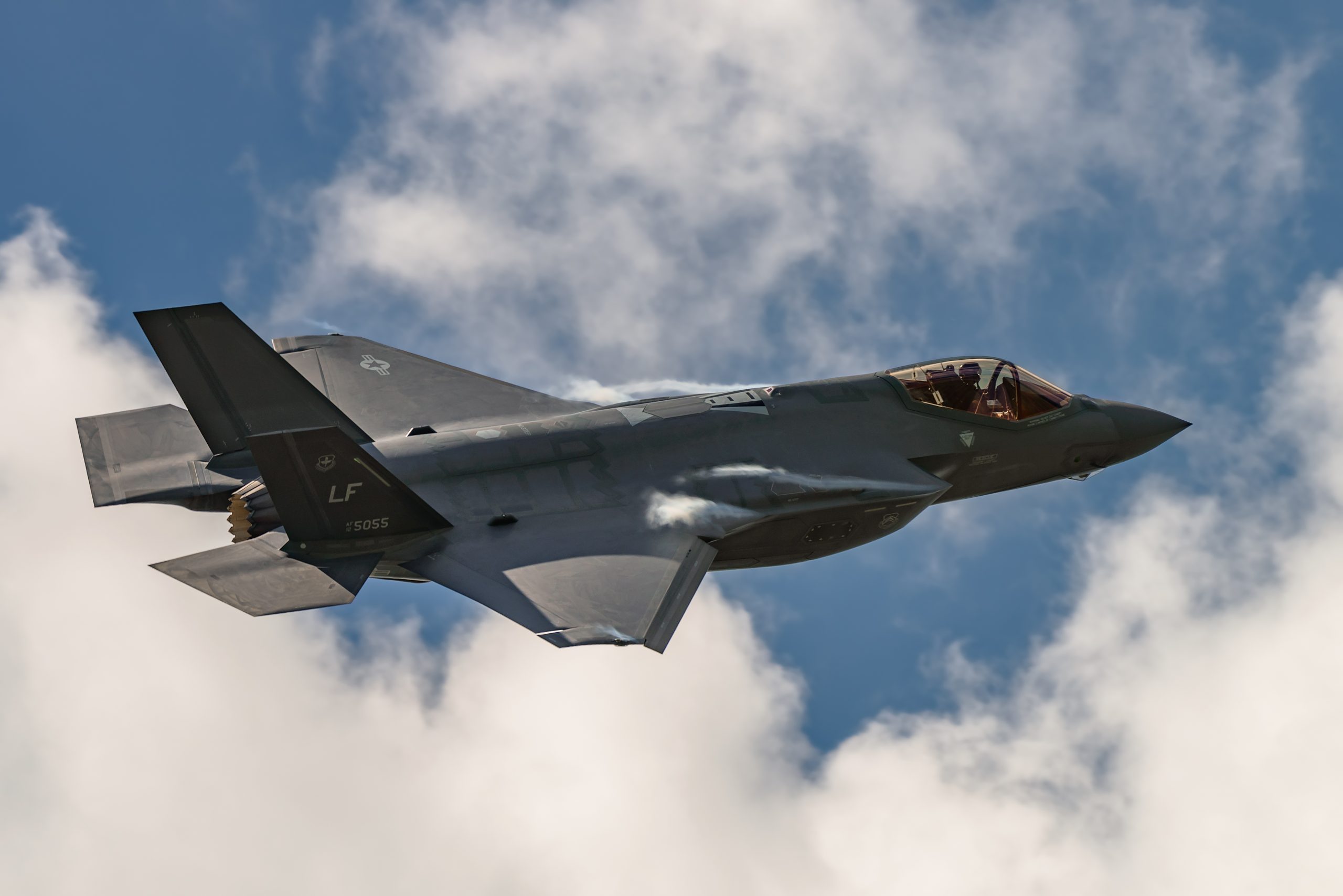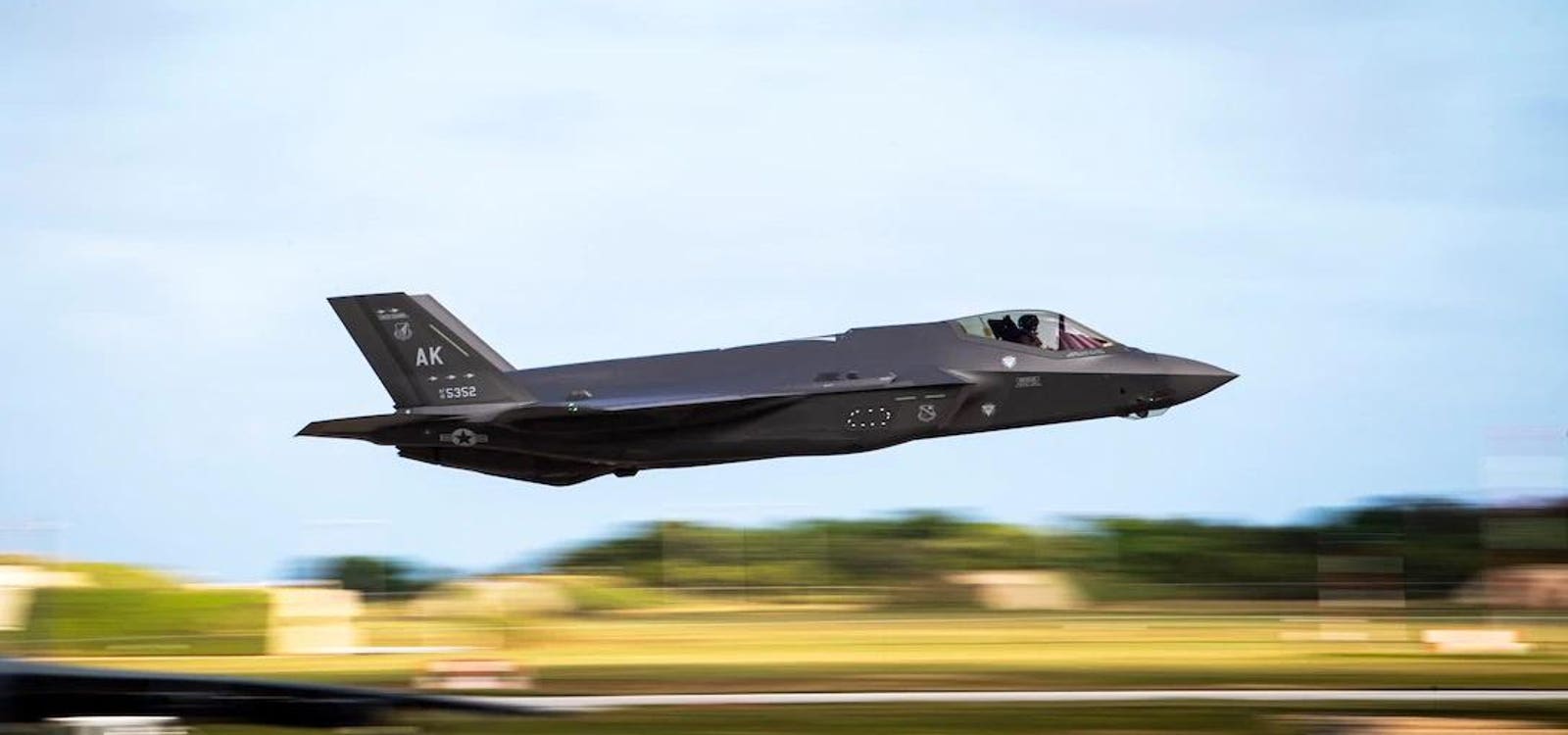Yeah but Turkey also had a industrial participation in the F-35 programm worth ~ $12 billion. I anyways wanted that Turkey cancels F-35A orders and instead goes for F-35B and cash the rest.
After trashing so many Russian SAM with UCAV's alone, i think it was also a big mistake to buy S-400, i'd rather see the $2.5 billion flowing into national air defence projects.
It is easy to say that -> was a mistake when you are in present/future days and looking back to past with info you got from wars (Syria,Libya,Karabah), that "buying of S-400 is mistake"!
We are lucky that Turkiye have and tried
own UCAV platforms against other/enemy systems which we don't know actually how they will react.
In realty how things/strategy can go we can only guess. We can watch what results will be and get data/feedback.
We able to get the feedbacks from our strategy, UCAV platforms and most impotant is that the engineers able to adapt quickly and update the platform accordingly with tactic.The result is that we gain more, got answers of the questions which we did't know. We got more info allowing us to understand missing things.
But back then Turkiye did not have that information about Russian platforms.
You missing the situation in which lead Turkiye to buy S-400 system. It was hostile actions of USA and there plans to side with PKK. They did it and still doing it against Turkiye.
It was obvious that those actions of USA want Turkiye to go in chaos.
====================================================================================================
I am trying to say that following events which went in below sequence decide that Turkiye need to have a equipment to counter other hostile side. People keep talking about end results ( there were things happened before that leading to that decission )
So the sequence of events
1. Syrian people raise against dictator Assad and World only watched
2. Syrian civil war trigger events going outside of Syria boarders, which lead to outsiders coming in Syria and start using the situation
3. Turkiye start discussing matter with NATO, EU, USA (Allies). Which back then Turkiye mind was that Allies are reliable and actions will be taken as alliance all together
4. Syria Assad lost "FIRST battle in the War" against own people. It was clear for him that his end is coming.
5. Russia came to Syria safe Assad. NATO allies came to Turkiye according to discussed decisions taken, but first frictions started by arrived personals from Germany and USA
6. USA media mostly back then started payed campaign against Turkiye. By trying to build bad profile, they did create following lies ( Turkiye steal Syrian oil, Turkiye support ISIS, Turk army soldiers fighting inside Syria so on. Turkiye officials had to respond and they start openly to answer on those lies made by media. Like those are lies and it is better to come here in Turkiye and see it
7. USA, UK, France army soldiers were deployed in Syria to apply own plan. Other side Russia able to turn the tide "the SECOND battle of War" happend. Some things changed for Turkiye -> Parties become 3 ( Russians, USA and Turkiye )
8. Big pressure build up mostly for Turkiye. Things goes fast:
-> Syrian people running out of Syria becoming refugee in millions
-> Syrian citizens of ethnic Turks become the primary targets for Assad army, Russians, PKK and USA CIA
-> Friction in NATO against Turkiye become systematic. It is become obvious for Turkiye that allies have
other plans ( German fighter plains which regularly fly each day to get Intel was caught by Turks that
Germans relay Intel to PKK. Other party USA-CIA regularly organize, supply with weapons and leading PKK with target attacks. Russians keep bombing civilian, but it is become clear that they do bomb most of time ethnic Turks.
Nobody fighting ISIS , but media are focused on them.
9. Suicide Bomb attacks in Turkiye from foreigner persons !!! USA-CIA support of PKK switched with new phase of action -> start civilian war in Sought-East territory of Turkiye. Each week there were funerals openly in media that all can see what is going. PKK victims -> civilians, children's, police officers, ex-policeman or just worker doing his job in that city. Dead bodies keep coming in some days by 10-20 ppl and did not stop whole year (do you understand the issue here) all this from Sought-East territory of Turkiye where USA supported PKK become brutal and trying hard to increase size of civilian war which (outsiders) startered.
10. Turkiye officials understand that Turkiye is the target and Allies are the main source of driving this plan, Russian understand that and use the situation against Turkiye (Russian become aggressive against Turkiye. Russia switching focus on attacks on Turkish boarder)
11.True faces
- Allies openly confront and with take actions against Turkiye ( embargoes on anything which is need from Turkiye. Openly support of PKK from Allies. Allied media goes crazy with mass trolling and lies against Turkiye. Huge USA army of soldiers in Syria clearly came to defending PKK, but didn't came for Turkiye. France companies supply PKK with materials for building strategic bunkers for future war against Turkiye. Germans, Hollands army leaving Turkiye )
- Deads toll still coming each day/week for more then a year from partial civilian war which going and lead be PKK become unacceptable
- Russian does not accepted/took Turkiye warnings as seriously matter against territory violations. ->Russian fighter was shot down
12. Turkiye start preparing for big War. Action need to be made against all parties in order to save Turkiye independence
13.Turkiye Army,MIT, Politicians goes with actions
-Army start fight back in Sought-East part of Turkiye where civilian war was going on - result PKK army was destroyed and pushed back to Syria
-Procurement of equipment need against all hostile parties was taken -> UAV and new Turk tech was used against Assad coalition. S400 was bought against USA as counter measure that USA will attack Turkiye (it is not fiction it was real thing ) -> Civil war - fail -> the coup -Fail - build boarder in Syria against Turkiye side of boarder to support,defend PKK and later of may be USA army invention as a front - fail because Turkiye army start kicking and USA was not prepared yet so they back off but left them with pain of losers
I write all because all of you forget how is started and what actions were take against Turkiye and Turkiye was cornered and left alone. Everything which Turkiye did
LEAD to WIN or at least Assad dictator and coalition (Russia,Iran) and so called NATO-Ally (USA,Germany,Holland,France and their pupped Saudi Arabia, United arab emirats,Greece,PKK ) EPIC failed on each stages they are in STAND OFF mode. In other words they were kicked hard.
Next thing which happened is that Turkiye showed and goes outside of his Territory because It happened that way -> Libya late Karabah result is that all above parties were kicked again
In present days it is so open and obvious that USA with new president it trying to continue the same planed path for punishing Turkiye. EU is still thinking what will be next step for them they take some damage (UK left UE, corona happens, Turkiye supply some important and need it products for EU if they go fruther against Turkiye it is no clear what will happen ). About Russia they lost against Turk army, tech,place of fights and running out of money, who will pay for all of that which happened? and i don't to forget about refuges they are fucked big time <- Humanity, Freedom, Help all those words was used over and over again LOUDLY from west but they keep hiding and misleading ppl. it is BIG time loss for west ppl and west major Institutions (UN, Haga, leading media CNN,Reuters,BBC,EU news etc.)
We all saw the real face/side of west -> Lying, Jealousy, Hate, Old history related and Biased behaviors, and the last Keep playing "I did't aware of this" but infact they planed and played all of this pretty good, but lose















